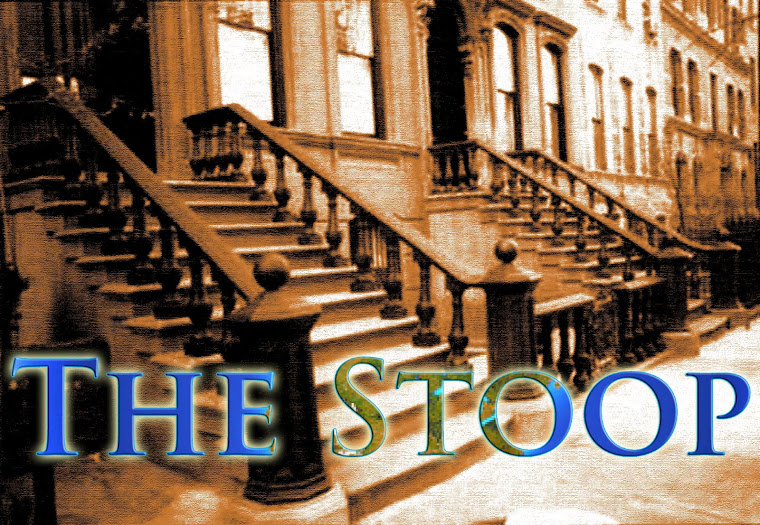By: Leeann Harney
Joboja Staff Writer
If you’re thinking of opening an IRA, you’ve probably either just left one employer for one that does not have a 401k program or you’ve maxed out your 401k (good for you!) When you leave a company, you have many options for your 401k, one of which is rolling it over to an IRA.
Sounds simple enough, right? Not really, at least not until you decide which IRA is best for you. Here’s a brief overview of the two most popular types of IRAs – traditional and Roth, guidelines on which type is for you and suggestions on companies to invest with.
Traditional IRA
The traditional IRA gives you a tax break now. You can contribute your pre-tax dollars to the traditional IRA, which lowers your taxable income for the year. For instance, if you make $30,000 a year and contribute 10% to a traditional IRA, then the IRS treats your taxes as if you only made $27,000. That means you won’t pay as much in taxes.
If you’re in the 25% tax bracket, instead of paying $7500 in taxes on $30,000, you’d only pay $6750. The tax savings of $800 is nothing to sneeze at. That money continues to grow tax free until you take it out when you retire.
If you take it out before you retire, terrible things will happen. Okay, maybe not terrible, but if you take a withdrawal before you’re 59.5 years old, you have to pay taxes (whatever your income tax rate is now) and a 10% penalty fee.
Roth IRA
The Roth IRA gives you a tax break when you’re old and crusty, or, when you retire – whichever comes first. You contribute your after-tax dollars to the Roth IRA. This does nothing for your taxes this year, but when you take it out you owe no taxes.
A good reason to choose this option is if you expect to be in a higher tax bracket when you retire (see below for more on this), or you just like the idea of paying no taxes when you need the money. And who knows what the tax brackets will be like in 20, 30 or 40 years from now, when you’re ready to retire?
They’ll most likely be higher according to financial advisor T.R. Jacks with Edward Jones. Jacks said, “The government has never lowered income taxes. Never lowered income taxes.” (He pushes for the Roth, by the way.)
I pointed out that I’m making more money now than I’ll be withdrawing when I’m retired. Won’t I be in a lower tax bracket when I get older? Not necessarily, according to Jacks. The government could inch up the tax brackets over the next 40 years, and I could be in the same bracket as I’m in now – or higher.
Sigh. Decisions, decisions. And penalties. The good news about the Roth is that you can withdraw any of your contributions without penalty or taxes (you already paid the tax, remember?) at any age, but if you withdraw any earnings you’ve accumulated before age 59.5, those earnings will be subject to taxes and a 10% penalty fee.
So which is for you? It depends. Which one you choose depends on how much you make now, your current tax bracket and your expected tax bracket in retirement.
According to Kiplinger.com, you should invest in the traditional IRA if you think your tax rate will be lower in retirement. You can take deductions on your contributions today, and pay the (hopefully lower) taxes on the money when you withdraw it in retirement.
Tax Brackets
You should invest in the Roth IRA if your adjusted gross income (AGI) is less than $116,000 ($169,000 for couples filing jointly) and you think you could be in a higher tax bracket in retirement. Your contributions aren't deductible now, but remember you'll be able to withdraw your savings tax-free after you’re 59.5. For 2008, the contribution limit for both IRAs is $5,000 ($6,000 if you're 50 or older).
The normal length of time it takes to transfer your money to an IRA depends on how much paperwork needs to be pushed around and how quickly your previous employer or the financial institution that holds your 401k takes to process the paperwork. The process usually takes one to three weeks.
When you do decide how to invest your retirement money, there are plenty of groups out there willing to take your money. Some of the most recommended companies with IRA funds are Vanguard, T. Rowe Price and Fidelity. Kiplinger’s magazine, a well-respected financial magazine, seems to tout these groups most often.
Your hardest decision will be which kind of IRA to choose; the rest of the rollover process will be downhill from there!
"God Bless the Dream, the Dreamer and the Result."
Monday, April 28, 2008
Which IRA is For You?
Subscribe to:
Post Comments (Atom)












No comments:
Post a Comment